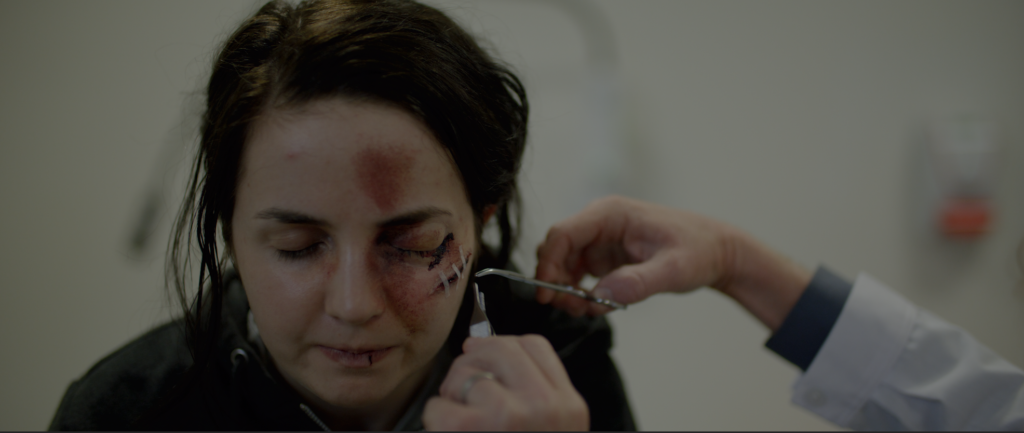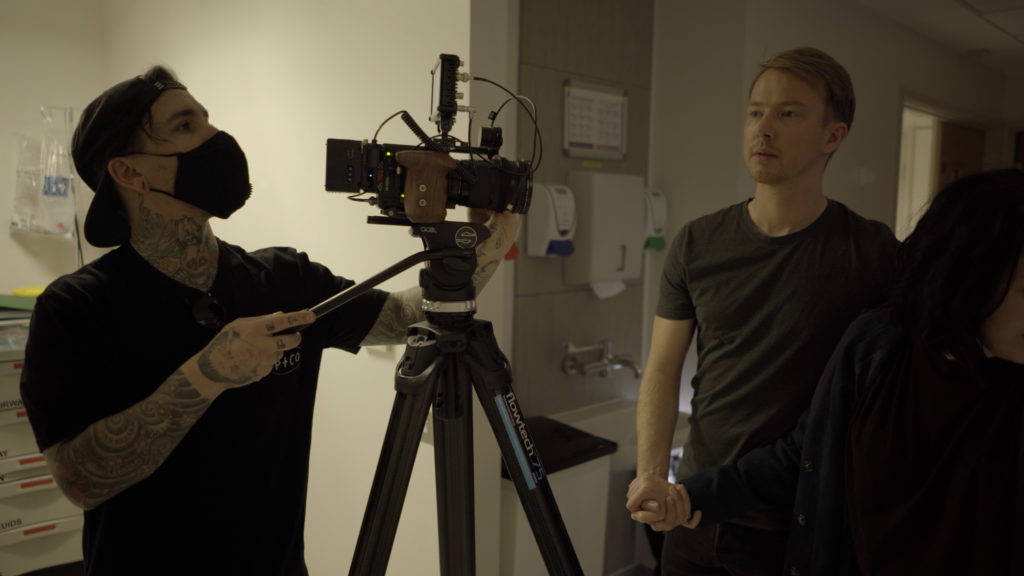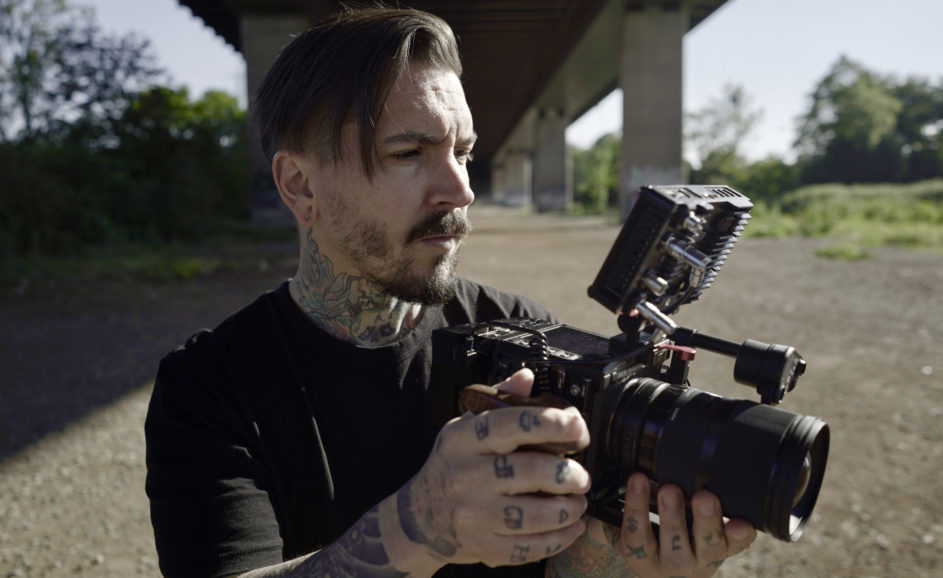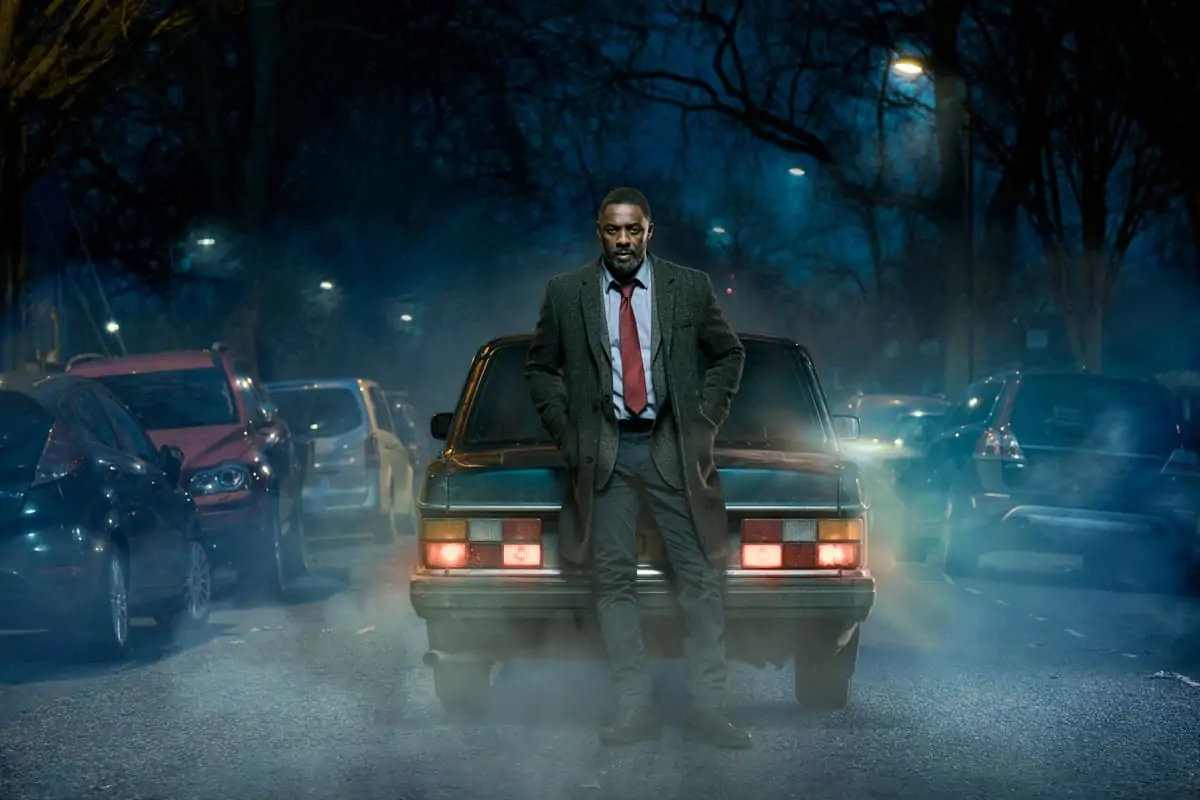HANDLE WITH CARE
Two sudden deaths are the catalyst for one woman’s implosion in Daniel John Peters’ debut feature film. The cinematographer reveals his creative vision and technical approach when bringing Jane’s story to the screen with sensitivity.
How would you react if the two people you loved the most died on the same day? That’s the dilemma indie filmmaker Daniel John Peters explores in his first feature, Save Jane. Blindsided by tragedy, the titular character (played by Eve Gordon) slides down a self-destructive spiral of despair when both her newborn baby and her partner suddenly pass away.

“There’s a lot of true life to it, but I twist it to make it a tiny bit more interesting,” says Peters, who wrote, directed, and lensed Save Jane. “I’ve always had this fear of if my other half was pregnant and some tragedy happened, how would I be able to deal with it? And I just thought, I probably wouldn’t be able to deal with it. There are people that are strong, who can’t end their lives – there are some people who will completely move on. But I thought, how would it work if it just gets to them too much, so they want to be numb from everything and forget that life existed?”
It’s an admittedly dark debut from Peters, whose journey to cinematography began after years on the music scene, touring with his rock band. He began shooting music videos for other acts before work for fashion brands came calling, but it wasn’t quite the right fit: “I realised I was trying to make short films with their clothing and I thought, maybe I need to shift to something else, because they just wanted to see the shirt.” So, he started writing his own shorts and soon enough, Panasonic came on board to produce two of them. “Without their funding, I wouldn’t have got them off the ground,” he adds.

SEVENTH HEAVEN
It seems Peters’ lucky number is seven, as Save Jane was shot with a cast and crew of seven, over seven days, with a £7,000 budget. Principal photography took place during summer 2021 in and around Bristol, where he is based. Key locations included a hospital – which consumed half the budget – and Jane’s house, which was actually Peters’ own home. He had booked another property but due to COVID restrictions, all his kit would have needed removing at the end of each day. “I said to my other half, would you hate me if I shoot it in our house?” he remembers. “I didn’t necessarily like the house for filming, but I had to do it that way. The only benefit was, when everyone showed up, everything was set up. But it was oddly more stressful because when you finish, and you think I’ll go home and relax, there are cables and wires everywhere. It was so weird, but I’m glad I did it.”
Peters mentions the work of Better Call Saul DP Marshall Adams ASC as a key inspiration for his films, along with Sir Roger Deakins CBE BSC ASC. His previous shorts have a strong ‘70s and ’80s influences but for Save Jane, he took a different approach. “Lately I’m drawn into a lot of colour, especially the deep shadows. I like a bit of saturation in there, so I tried my best to bring some nice colour out of it – especially with the RED, because it’s got some nice, rich darkness. I wanted things to look natural without pushing too much.” Drawing on his music background, Peters even composed the film’s score, citing Drive composer Cliff Martinez as an influence.

Filming on his RED KOMODO was a much simpler choice for Peters than deciding whether to shoot anamorphic or spherical. Test shoots at the hospital location weren’t possible due to budgetary restrictions, so when he visited the site, planning to shoot anamorphic with his set of Vazen lenses, he was concerned. “I didn’t know what stops I could get out the camera and couldn’t see what lights I could set up,” he says, “so I thought, I’ll do some tests at home with anamorphic and spherical, then at least that will make my decision on where I can go. I did weeks of testing and stressing out, because I love anamorphic and I’d just bought those lenses, but the spherical came out better. In the story, Jane was getting more isolated, so [with spherical lenses] I can be wide open and really throw that background out. Everything was looking a bit flat with anamorphic and that completely threw me off because I love the out-of-focus areas with that. But because the locations are a bit tighter, the background felt like it was closer to her.”
Peters eventually settled on Sigma’s 28mm F/1.4 Art Lens, along with a DZOFilm 50-125mm Zoom lens for an underpass scene. “I didn’t use any filtration besides ND. I used Tokina Pro IRND which gives me very neutral ND on the KOMODO. I also shot 6K, Low Quality Codec,” he adds.

IN THE SPOTLIGHT
Keen to keep his budget in check, Peters also acted as Save Jane’s gaffer: “Thankfully, with companies like Nanlite and Aputure, it makes our jobs way easier because it’s so much more affordable.” A particularly challenging scene to both light and shoot was a night-time driving scene. “I still don’t know how I got away with this,” he says. “The car was only lit by a tube light – something you get on Amazon, normally for kitchens. The range is from 3200k to 5600k, and all I had were two of those in the car and two of them hidden in the bush. I was looking in the monitor and you could still see a little bit of the noise. So, I lit for 320 ISO and that’s all it was lit with. Looking at it, it was just so clean. Who would have thought that, from some cheap lights off Amazon?
“That was another thing – none of actors could drive! So, I had to find a quiet area and threw L-plates all over the car and the camera was mounted on the outside. I was trying to direct them as well as say, just go straight, go slow!”

Peters’ work on Save Jane also includes the grade. “I like to plan ahead a lot of the time,” he explains. “I don’t have the LUT in the camera, but I tend to shoot everything beforehand as much as I can, then create the look, then bring it into DaVinci Resolve.”
Distribution was the trickiest part of the filmmaking process, Peters admits. He knew distribution could be tricky, given Save Jane’s melancholy nature and lack of household names, but he didn’t realise length would be an issue. After sending Save Jane to various companies, all of them told him that they wouldn’t take it on unless it was at least 80 minutes long. “When I finished it, I was stressed out as I finished it at 42 minutes, so I had to book them all another day to get as much as I could out of it,” he says.

Despite his unknown cast, Peters was delighted by his actors’ efforts: “They did a phenomenal job. I think [Eve Gordon] did a really good job as Jane, especially with sadness because you can definitely overact that and depression.”
“I tried to not think so naively [about using unknown actors]. If I think the way about actors that people might about me – ‘I don’t know who this filmmaker is, I’ve never heard of him, who cares’ – they would never make it. I thought, I have to stop thinking like that because someone has to make it from somewhere.” And ultimately, it’s an attitude that has paid off impressively for Save Jane.



















